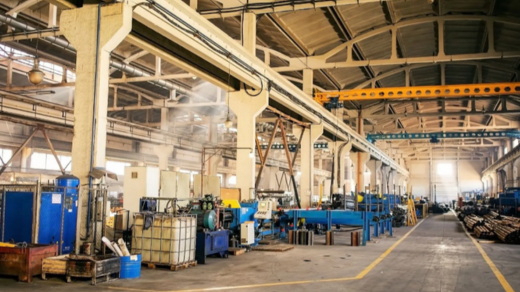
Improving production efficiency is important for businesses to stay competitive and grow. Whether you’re running a small business or managing a large factory, small changes can lead to big results. By adopting the right strategies, you can save time, reduce costs, and increase output.
In this post, we will look at five practical tips to help you improve your production efficiency. These tips are easy to apply and can be done by anyone looking to make their production process smoother and more effective.
1. Invest in High Efficiency Steam Boilers
One of the best ways to improve your production efficiency is by upgrading your equipment. If your business relies on steam for production, investing in high efficiency steam boilers can make a big difference.
High-efficiency steam boilers use less fuel and produce more energy, which can reduce operational costs. They also tend to have longer lifespans and require less maintenance, which means less downtime and more consistent production.
2. Streamline Your Workflow
Another way to improve efficiency is by streamlining your workflow. This means organizing your tasks and workstations in a way that reduces unnecessary steps or movement. For example, if workers need to walk long distances to get materials, you can move supplies closer to the work area.
Also, try to group tasks that are similar together, so workers can complete them in a smoother and faster manner. Having a clear and efficient workflow helps workers stay focused and reduces wasted time, which boosts overall production efficiency.
3. Hire an Industrial Welding Mechanic
If your business involves welding or metalworking, hiring an industrial welding mechanic can be a smart investment. Industrial welding mechanics are skilled professionals who can perform repairs and maintenance on welding equipment, ensuring that everything runs smoothly.
They can also help with improving your production line by fixing any welding-related issues before they lead to bigger problems. By having an expert on hand, you can reduce the chance of machine breakdowns, which can cause delays and lower production output.
4. Implement Automation
Automation is another great way to increase production efficiency. By using machines or software to automate repetitive tasks, you can free up your workers to focus on more important jobs. For instance, automated systems can handle tasks like packaging, sorting, or even quality control.
This not only reduces the time spent on each task but also ensures consistency and accuracy. Although automation may require an initial investment, the long-term benefits, such as increased output and reduced labor costs, are well worth it.
5. Monitor and Analyze Your Performance
The final tip for improving production efficiency is to monitor and analyze your performance regularly. This means keeping track of key metrics like production speed, downtime, and product quality. By looking at these numbers, you can identify areas where your production process might be slowing down or where mistakes are happening.
Regular analysis allows you to make informed decisions about where changes or improvements need to be made. By constantly improving based on data, you can keep your production line running as smoothly and efficiently as possible.
Conclusion
Improving production efficiency doesn’t have to be difficult or expensive. By following these five tips—investing in high-efficiency steam boilers, streamlining your workflow, hiring an industrial welding mechanic, implementing automation, and monitoring your performance—you can make small but impactful changes that will lead to big results.
With these improvements, your business can save time, reduce costs, and increase overall productivity.



